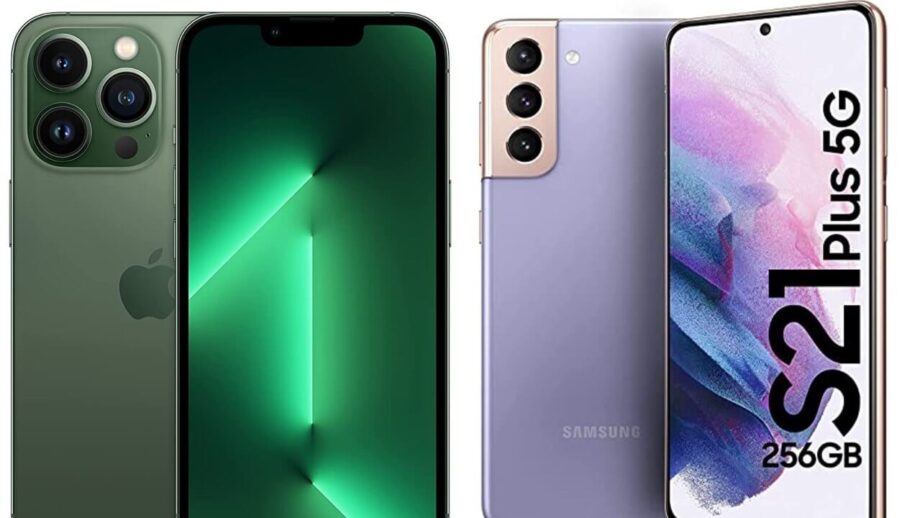Apple’s iPhone 13 and Samsung’s Galaxy S21 are two of the most popular phones of the year. We’ve broken down each device into key areas to highlight its strengths and weaknesses. Here’s what’s different between them and where each one thrives and disappoints.
Any smartphone comparison’s photography part can be challenging to define, but we’ll keep it simple here: Despite the excellent camera system on the Galaxy S21, the iPhone 13 has a superior camera system overall.
The Samsung S21’s triple lens setup is more than capable, with its 12MP main lens capturing clean, sharp images and passable video. Along with a 64MP telephoto sensor, it also boasts a 12MP ultrawide lens for taking expansive landscape photos and a 12MP ultrawide lens for up to 3x hybrid zoom.
The iPhone 13 uses a core 12MP sensor and an ultrawide 12MP lens, which is a more conservative approach to the camera hardware. With the exception of the additional zoom capabilities, both are capable of the same types of photography as the S21.
Which one fits you best?
These phones differ greatly from one another and have unique advantages and disadvantages. The iPhone performs better and has a more dependable camera system, while the Galaxy S21 has a finer screen and fancier specifications.
In the end, it’s difficult to say whether one is actually superior to the other. Due to its performance and cameras, we lean toward saying the iPhone 13 wins out, but those who prefer the Galaxy S21 could welcome its quicker charging and sharper screen.
If you’re trying to decide between purchasing an iPhone or an S21, it boils down to your own personal tastes. You’ll be happy with either of these fantastic products, which are both great. Just bear in mind your personal smartphone values when choosing a choice.
Ultimately, the best way to determine which phone has a better camera is to test them out for yourself and see which one meets your needs and produces the results you want. It may also be helpful to read reviews and compare sample photos taken with each phone to get a better idea of their performance in different lighting conditions and scenarios.
Source: CNN


